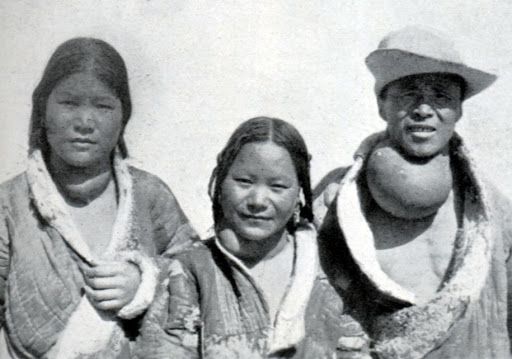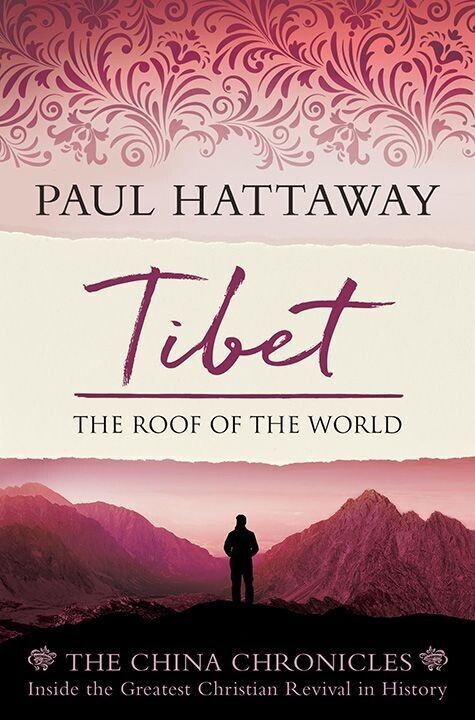1940s
The 1940s saw an increase in the number of Tibetan Christians, as the large amount of faithful sowing of God's Word finally began to reap a harvest.
In a culture steeped in black arts and demonism, strong opposition to Christians was to be expected. One new Tibetan Christian, a man named Chepel, excitedly returned home to share his new faith, only to be murdered by his own friends and family members.
With central Tibet still locked behind spiritual iron gates during the 1940s, the gospel could only whittle away at the great stronghold from the perimeter, and literature distribution represented the main way the message of Jesus Christ reached people's hearts on the Roof of the World. In 1947, two female missionaries, Mildred Cable and Francesca French, wrote about the impact that gospel literature was having in Tibet:
"The Gospels which are carried off into Tibet are never left unread, for even where an illiterate man accepts them, he takes them back to his encampment and hands them over to his kinsmen at the lamasery, where all the lamas will listen while one reads aloud to the assembled disciples and to any herdsmen who may gather round.
Very often the people in one settlement will all have heard the gospel before the living Buddha decides it is a dangerous book, which may cause headaches to anyone who reads it. This is by no means always the case, and some lamas have even made it their business to put Christian literature into circulation. There is one lama who still wears the maroon shawl of his order, who is known to be traveling about Tibet preaching Christ wherever he goes."
© This article is an extract from Paul Hattaway's book ‘Tibet: The Roof of the World’. You can order this or any of The China Chronicles books and e-books from our online bookstore.
1. Plymire, High Adventure in Tibet, p. 219.
2. Mildred Cable & Francesca French, The Bible in Mission Lands (New York: Fleming H. Revell, 1947), p. 94.






